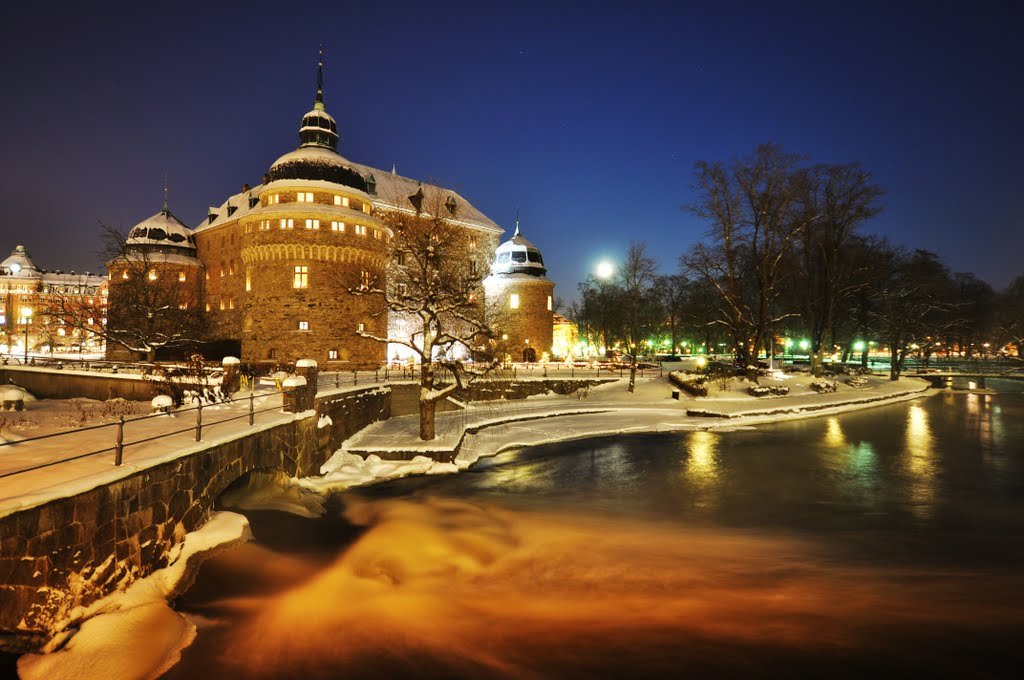The Book of Hours, a captivating blend of artistry and devotion, stands as a testament to medieval piety and artistic brilliance. More than mere prayer books, these lavishly illuminated manuscripts offer a fascinating glimpse into the lives, beliefs, and artistic sensibilities of the medieval elite.
What is a Book of Hours?
At its core, a Book of Hours is a collection of prayers and psalms designed for private devotion. Unlike the breviary, which was used by clergy, the Book of Hours was intended for lay people, allowing them to participate more actively in their faith.
Key Components of a Book of Hours
Calendar: Often featuring intricate illustrations, this section marked significant religious feast days and saints’ days.
Office of the Virgin: The central and most important section, comprising prayers to be recited at eight canonical hours throughout the day: Matins, Lauds, Prime, Terce, Sext, None, Vespers, and Compline.
The Little Office of the Dead: Prayers for the souls of the deceased.
Suffrages: Prayers to various saints for their intercession.
Penitential Psalms: Psalms expressing remorse and seeking forgiveness.
Gospel Lessons: Short excerpts from the Gospels.
A Flourishing of Artistic Expression
While the text itself was important, it was the exquisite artistry that truly set these manuscripts apart.
Illuminations: Vividly colored miniature paintings adorned the pages, depicting scenes from the Bible, the lives of saints, and allegorical figures.
Borders: Elaborate borders, often featuring intricate floral designs, grotesque figures, and even playful scenes of daily life, framed the text.
Materials: Crafted from fine vellum (calfskin) and adorned with gold leaf, these manuscripts were objects of immense luxury and prestige.
The Rise of Personal Devotion
The growing popularity of the Book of Hours reflects a significant shift in medieval religious practice.
Increased Lay Piety: The emphasis on private devotion empowered individuals to connect with the divine on a personal level, fostering a more intimate relationship with God.
The Rise of the Vernacular: While Latin remained the language of the Church, many Books of Hours incorporated vernacular prayers and hymns, making them more accessible to a wider audience.
Patronage and Personalization: Wealthy patrons often commissioned Books of Hours as personal devotional aids, reflecting their individual interests and beliefs. These personalized touches, such as the inclusion of family portraits or specific saints, made each manuscript unique.
Famous Examples of Books of Hours
The Très Riches Heures of Jean, Duc de Berry: Considered one of the most magnificent Books of Hours ever created, this masterpiece showcases the pinnacle of medieval illumination.
The Book of Kells: While technically an illuminated manuscript of the Gospels, it shares many similarities with Books of Hours in its artistry and devotional purpose.
The Hours of Catherine of Cleves: This exquisitely detailed manuscript provides a fascinating glimpse into the life and piety of a 16th-century noblewoman.

The Art of Personalization
Patronage and Individuality: Wealthy patrons often commissioned Books of Hours as personal expressions of their faith and social status. These manuscripts were not merely functional objects; they were works of art that reflected the individual tastes and interests of their owners.
Family Portraits and Commemorations: Many Books of Hours included portraits of the patron and their family members, often depicted as donors or intercessors. This personalized element added a profound sense of intimacy and connection to the devotional experience.
Memorialization of the Deceased: The Little Office of the Dead, a significant section of the Book of Hours, allowed individuals to commemorate loved ones who had passed away. This focus on remembrance and the afterlife further emphasized the personal and intimate nature of these devotional texts.
The Legacy of the Book of Hours
The Book of Hours continues to captivate audiences today, serving as a bridge between the medieval world and the present.
Art Historical Significance: These manuscripts offer invaluable insights into medieval art, illuminating the techniques, styles, and artistic sensibilities of the period.
Cultural and Historical Importance: They provide a window into medieval society, offering glimpses into daily life, religious beliefs, and social hierarchies.
Inspiration for Modern Art: The intricate artistry of Books of Hours has continued to inspire artists throughout the centuries, influencing movements such as the Arts and Crafts movement and contemporary illuminated manuscripts.
Beyond the Page: The Book of Hours in Modern Culture
The enduring fascination with Books of Hours has extended beyond the realm of art history.
Museum Exhibitions: Major museums around the world regularly feature exhibitions showcasing the beauty and significance of these remarkable manuscripts.
Digitalization Projects: Many institutions have digitized their collections of Books of Hours, making these treasures accessible to a global audience online.
Contemporary Interpretations: Artists and designers continue to draw inspiration from the motifs and imagery found in Books of Hours, creating contemporary works that echo the spirit of these medieval masterpieces.
Final Thoughts
The Book of Hours stands as a testament to the profound impact of art and religion on medieval society. These exquisite manuscripts, created with meticulous care and artistry, offer a unique and intimate glimpse into the lives, beliefs, and aspirations of those who lived centuries ago. As we continue to explore and appreciate these remarkable works, we gain a deeper understanding of our own cultural heritage and the enduring power of art and faith.
FAQs
What were the key components of a Book of Hours?
Key components included a calendar marking religious feast days, the Office of the Virgin (prayers to the Virgin Mary), the Little Office of the Dead (prayers for the deceased), suffrages (prayers to saints), penitential psalms, and gospel lessons.
Why were Books of Hours so popular in the Middle Ages?
Books of Hours gained popularity due to several factors. They facilitated increased lay piety by allowing individuals to participate more actively in their faith through personal prayer. The rise of vernacular translations made them more accessible to a wider audience. Furthermore, wealthy patrons commissioned them as personal devotional aids, often incorporating family portraits and other personalized elements, making them both a religious and social status symbol.
What makes Books of Hours unique?
Books of Hours are renowned for their exquisite artistry. They are lavishly illuminated with miniature paintings, intricate borders, and gold leaf, making them masterpieces of medieval art. Beyond their aesthetic appeal, they offer invaluable insights into medieval art, culture, religion, and society.
To read more, Click Here













Leave a Reply